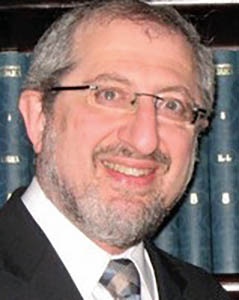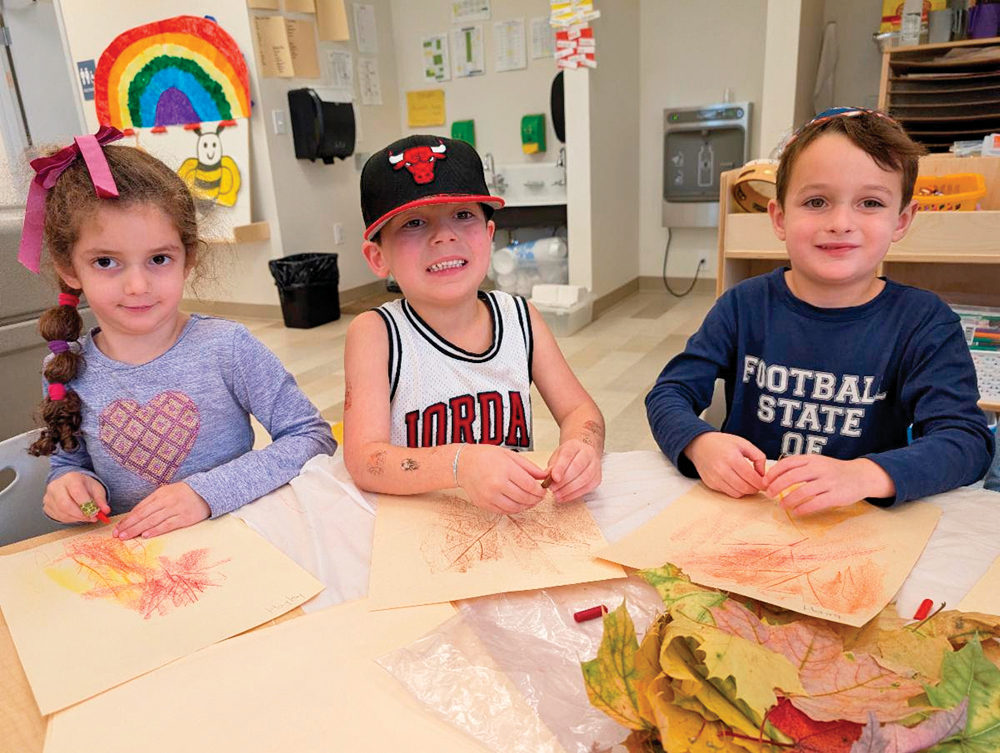
Editor’s note: OHEL, in conjunction with Rabbi Akiva Block of the Kesher Synagogue and Rabbi Chaim Hagler of Yeshivat Noam conducted a phone conference with the community in the aftermath of the recent death of a 9-year-old in Englewood. The following is a written summary of some of the key points by speaker Dr. Norman Blumenthal. A recording of the actual discussion is available as well on the OHEL website: www.ohelfamily.org.
Occurences of Child Suicide:
In recent years there has been a dramatic increase of fatal suicide among adolescents and young children. While the majority of suicidal adults and teens are depressed, such tendencies in preadolescent children is more often associated with “dysregulatory” conditions such as ADHD, Conduct Disorders or Oppositional Defiant Disorders.
Despite these findings, most depressed adults/teens and children with such impulsive conditions and tendencies are not suicidal. While data is scant, it appears that many if not most child suicide attempts follow an interpersonal struggle or altercation with a peer or adult. It is also the impression that many fatal child suicides are initially more attempts at demonstrative behavior or experimentation that were impulsively miscalculated rather than an actual intent to die.
Etiology and Stigma:
As is the case in any illness, depression, ADHD and all other psychiatric conditions are rooted in a combination of genetic predispositions (family history), the presence of an illness and contributing environmental factors. This very same combination of genetics, illness and environmental stressors are at the root of suicidal behavior.
Suicide in both adults and children cannot simply be chalked up to extreme pain or mistreatment since both genetic predispositions and the presence of a mental illness are significant contributing factors. Most of the parents and spouses of those who fell prey to a fatal suicide that we have serviced through OHEL are loving, devoted and stable figures no different from their counterparts spared this unthinkable sorrow.
It is therefore imperative that we internalize and promulgate the understanding that suicidal tendencies are indistinguishable from any other medical disease and interact with the survivors as we would had their loved one died of cancer, stroke or any of the other potentially fatal illnesses.
Suicide Contagion (The Werther Effect):
There have been documented increases in suicidal behavior following a fatal suicide in one’s immediate community, school or work setting or when there are highly publicized celebrity suicides or even shows and video games with such an emphasis. This does not mean that someone without such predispositions will become suicidal, but those struggling with self-destructive impulses may become more prone to act on them when there is such exposure.
Anyone whose child has manifested suicidal thoughts or tendencies should be attended to in the aftermath of a suicide in their school and neighborhood. On the likely assumption that these children are under the care of a mental health professional, that person should be notified of the local tragedy and guide the family accordingly. There is data that suicide risk is greater when the victim is not in treatment at the time.
Interacting With Children:
Once the adult has incorporated an awareness of suicide and mental illness as a disease like any other, she can then communicate this important message to her children or students. For younger children the death by a suicide is described as a “brain disease” that altered the victim’s ability to think or reason rationally. For older children it can be portrayed as a “central nervous system” disorder. It must be emphasized that we do not look at such fatal outcomes from suicide any differently than we would from the myriad of diseases that defy even the best known treatments and cures.
Children six and older who are not suicidal should be told that such illnesses are rare and will probably not afflict them. If a child is struggling with these tendencies, the parents should seek the advice of their care provider for guidance in how to communicate and process.
Children under six should not be told that such illness is rare but just assured that this will not happen to them or their loved ones. It is imperative that your children should interact with the surviving family members in the most normal manner and that which replicates their relationship before the tragedy.
Peers of the siblings and adults should extend condolences and offer solace in a manner that is commensurate with their relationship with the family prior to the tragedy. Attempts to feign more closeness and connection than previously existed, albeit well intended, is often more disconcerting to the bereaved than comforting. The close friends of the siblings can acknowledge their loss and offer to be sources of comfort but more so than not continue their relationship in the manner that it has previously been characterized.
Children should be assured that emotional expressions are not a sign of weakness or vulnerability and they can give vent to sadness, fear and the like. There are no standard expected emotional responses since children’s feelings are as unique and varied as they are. Children should be encouraged to preferably share these emotions with adults who probably have more experience with loss and provision of comfort. The adults with whom such feelings are shared should not offer solutions but commiserate with the child how sad or frightening such misfortune is and that they themselves share many of those very same sentiments. If a child is more cavalier or stoic, please do not coax them to be more emotionally expressive or worry that they are callous. It is probably their nature which should not be subject to judgment. At shiva and even years later, encourage close friends of the deceased to share memories and anecdotes about her to the parents and siblings. It is most comforting to bereaved parents and siblings that their loved one is remembered.
General Grief and Provision Of Consolation:
No matter how well intended, please do not try to alleviate the family from their pain. The loss of a child and young sibling is profound and heart wrenching and any attempt to ameliorate that anguish will probably come across as invalidating and out of touch. Paradoxically, the more the bereaved can grieve and access the immeasurable void in their lives the quicker true solace and comfort can become accessible
Please note as well, that the grieving process particularly for a child can be slow and gradual with intermittent relief and resumption of pain throughout that time. It is usually ill conceived to imply or convey that the relief from grief is overdue.
As mentioned earlier and if you can, share memories of the deceased even and especially years later in order that the family can rest assured that she is never forgotten. Commemorations and memorials are significant sources of comfort but should emerge from the family and probably later on in the grieving process. It may be unbearably difficult for the family to share in future celebrations as the deceased’s contemporaries reach significant milestones. Please be considerate of this potentially deep seated reminder of their loss in the event that they cannot fully share in such celebrations.
It is often futile to convey an exact familiarity with their grief even if you have had similar or identical losses. As conveyed in the verse in Lamentations (1, 12) “is there any pain like mine,” everyone’s grief is unique. With an awareness of differences, it can be comforting to the bereaved to know that others have endured and survived similar tragedies.
For those who may have more specific questions for Dr. Blumenthal can email him at [email protected] or call his office at 516 374-3600. If there is an urgent matter that needs more immediate attention, Dr. Blumenthal can be reached on his cell phone at 516 782-7657. Dr. Blumenthal and the OHEL trauma team is available at any time for this or any such future need at 1-800-603-OHEL (6435).
By Dr. Norman Blumenthal













